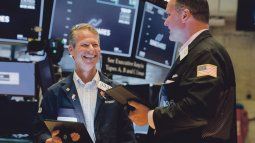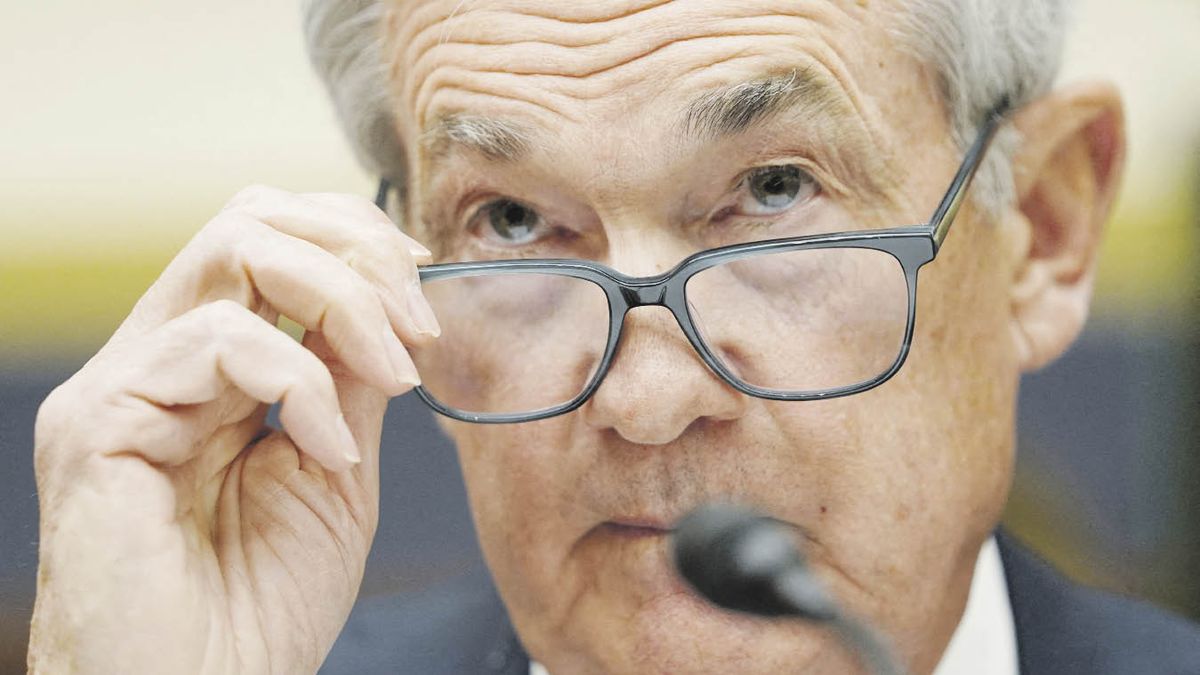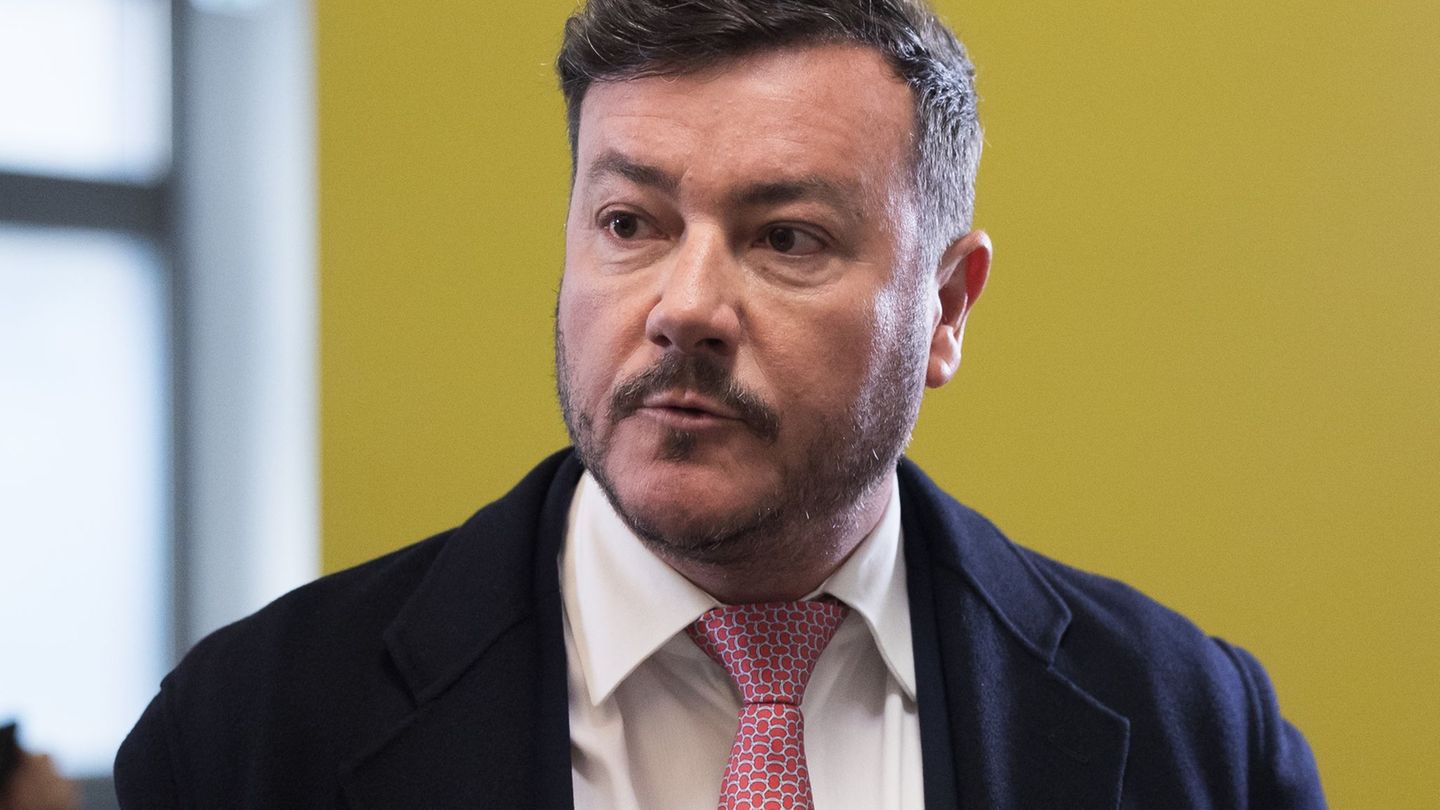The Stock Market knows that monetary policy will disconnect the rate hike soon. Perhaps the last touch up will take place in May. Or maybe he’ll take a break and trigger in June. So far it’s well rumbaed,
Jerome Powell
Comes from Tapa
The content you want to access is exclusive to subscribers.
which is still, officially, a bear market. Where does the closure of SBV and Signature banks hit, two of the three biggest declines in US history of their kind? And the threat of a contraction in bank credit on the back of the flight of more than 300 billion dollars in deposits? It is impossible to ignore them, but the Stock Market anticipates better times, not a financial catastrophe or a deep recession. In an effort to avoid them, yes, Wall Street discounts a sharp reduction in interest rates (which the Fed denies and does not include in official plans before 2024).


“Not every bank liquidation is a Lehman Brothers,” recalled Thomas Barkin, the Richmond Fed president. The emergency is not a systemic crisis. As is well known, the US regional bank mishap crossed the Atlantic and canceled the centenary Credit Suisse, a global systemic financial entity, forcing its hasty takeover by UBS. Nevertheless, the global turbulence was contained. The Fed did not hesitate to assume a generous role as lender of last resort. But neither did he hesitate to raise his rates by 0.25% and maintain the planned roadmap. The ECB, the Bank of England and the Swiss National Bank did the same. This is not a Lehman moment. The general rise in rates did not aggravate financial instability despite the fact that days later the contagion reached the shares of Deutsche Bank. The fever spike this time lasted a wheel. The institution has been restructured, it has produced sustained profits for ten quarters, it is not the “zombie” it was for ten years until 2019. The cost of its default insurance skyrocketed but it was a mischief caused by a single misaligned operation on purpose. Calm returned, there were no new cases of contagion. In contrast, the FDIC, the deposit insurance corporation that took over SVB and Signature, began to find buyers for their assets and deposits. It was not easy, much less free. However, the losses that came to light -23 billion dollars- are comfortably covered by the insurance fund (128 billion dollars at the end of 2022).
“The impact of bank runs on the Fed’s interest rate path is difficult to determine,” Barkin said. The Fed’s monetary policy is data dependent, and the banking storm now forces it to rely on a broader spectrum of information. The flight of deposits and the great volatility (and higher cost) of funding will bring about a pruning of credit. How will the variables that keep the central bank awake at night, the strength of activity and inflation, both excessive in January and February? It is not known for sure but it will not be favorable. However, the US, unlike Europe, relies more on the capital market than on bank credit. There were no high yield bond issuances or IPOs in the critical turmoil period (March 11-23) but the tap was back on. The fluid placement of sovereign bonds such as those of Panama and Costa Rica predicts a return to normality sooner rather than later. In that framework, the Fed did the obvious. He kept his point map. After processing job creation and retail inflation for January and February, it favored a half-point rate hike (and a quarter-point hike in the terminal rate). The squall stopped her. On Friday, inflation for February – with an alternative measurement, his favorite – showed a kinder face. The median of the consumption deflator grew 0.3%, half the median of retail prices. Who has the reason? The task would be easier if it was known. However, Jay Powell’s drastic stance a day before SVB fell gave way to the cautious view of Atlanta Fed head Raphael Bostic. Wall Street knows that monetary policy will pull the plug on rate hikes soon. Perhaps the last touch up will take place in May. Or maybe he’ll take a break and trigger in June. So far it is well rumbaed. When it goes further, and bills for an aggressive rate cut (hence, the Nasdaq fervor), the tussle is with the job market rather than the Fed. Nothing lasts forever but so far it’s been a stubborn mistake to bet on against its sustained vigor.
Source: Ambito




